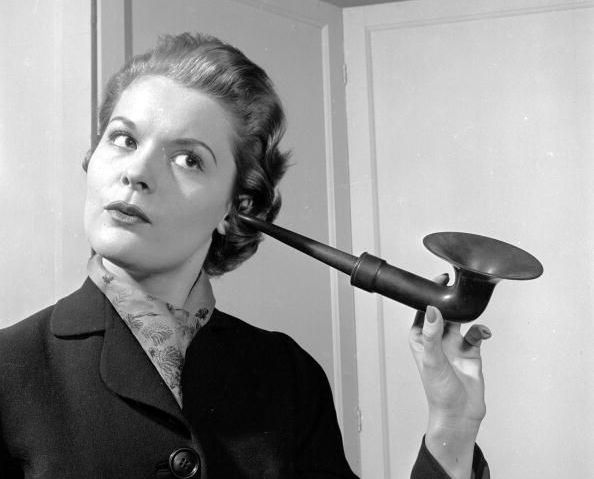
Stories
Objects from our Store – Ardente Hearing Aid
Posted: August 3, 2025

News
Thank you to MDSE and GTC for helping us make our museum more accessible
Posted: July 2, 2025
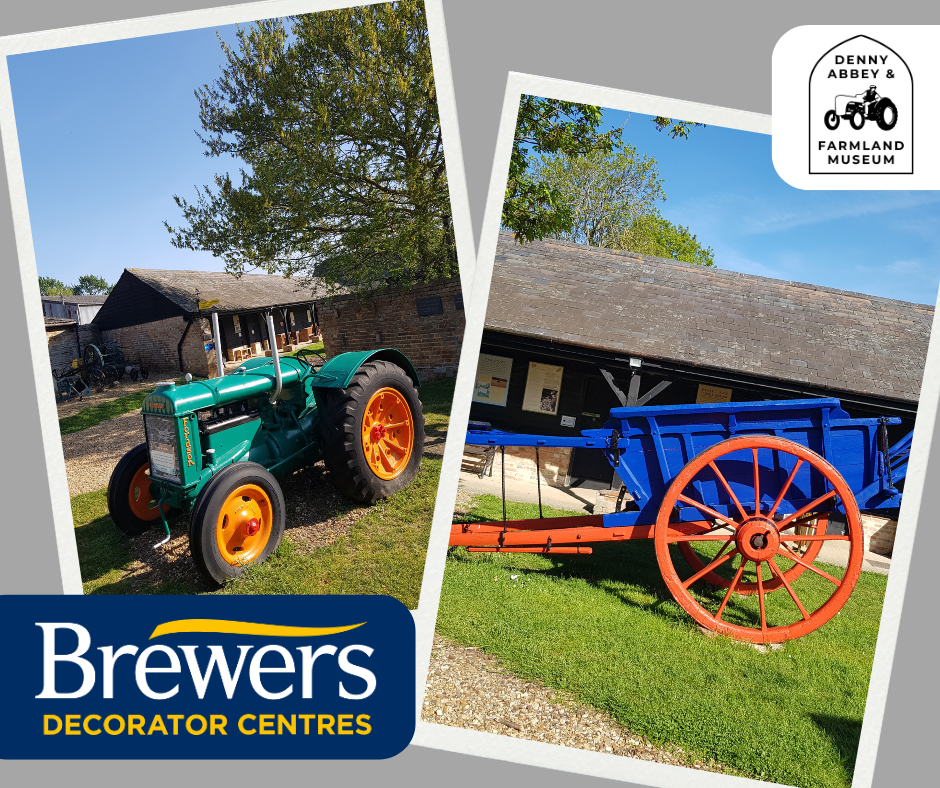
News
Fresh coat of paint – thank to Brewers Decorator Centres!
Posted: June 11, 2025
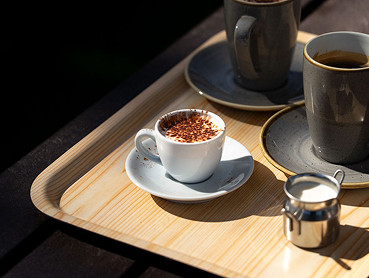
Recruitment
We’re hiring: Cafe Supervisor
Posted: June 5, 2025
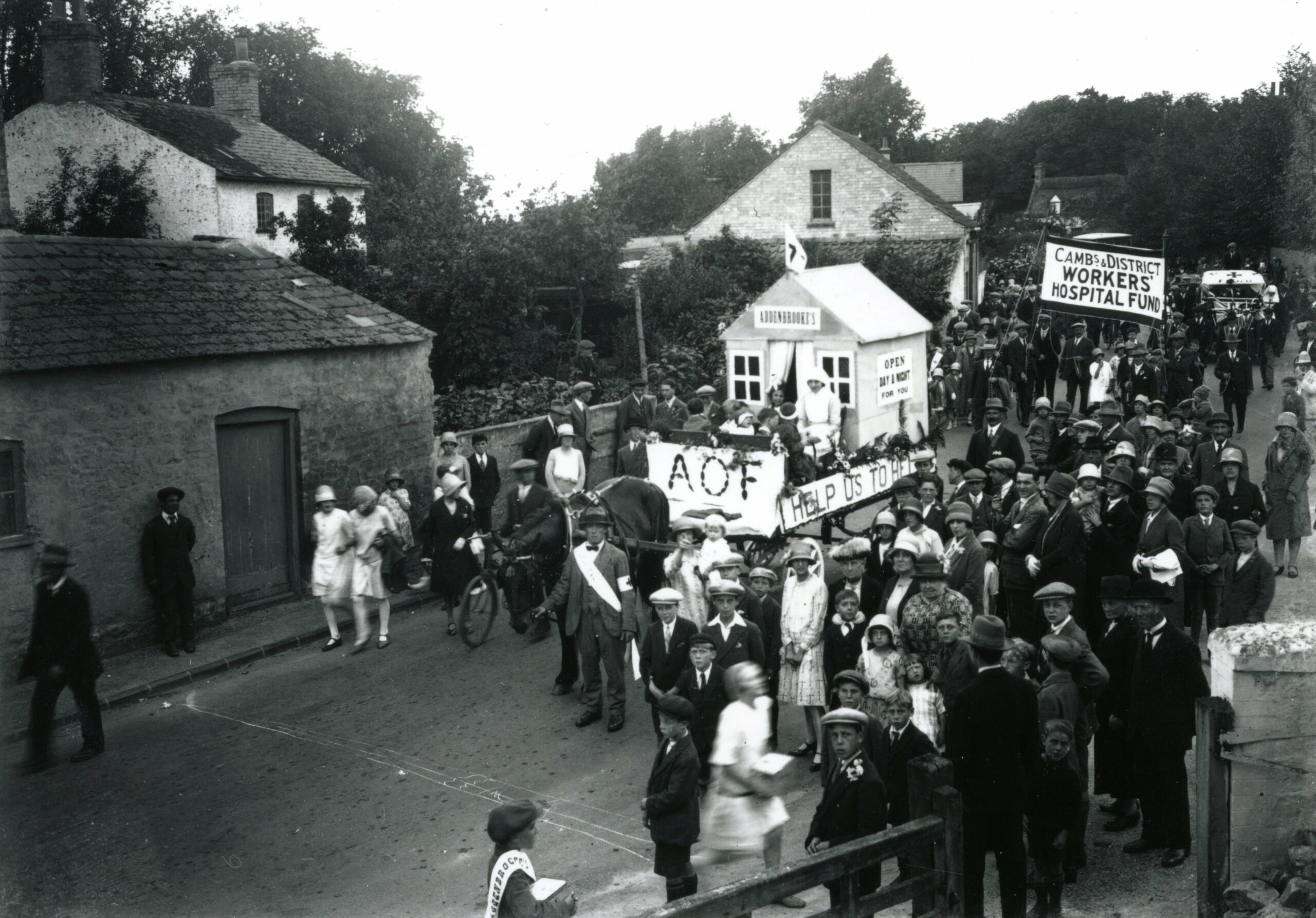
Stories
Objects from our Store – Hospital Sunday Collection Box
Posted: May 29, 2025

Stories
Development of the Plough – The Rotherham Plough to Now
Posted: May 16, 2025
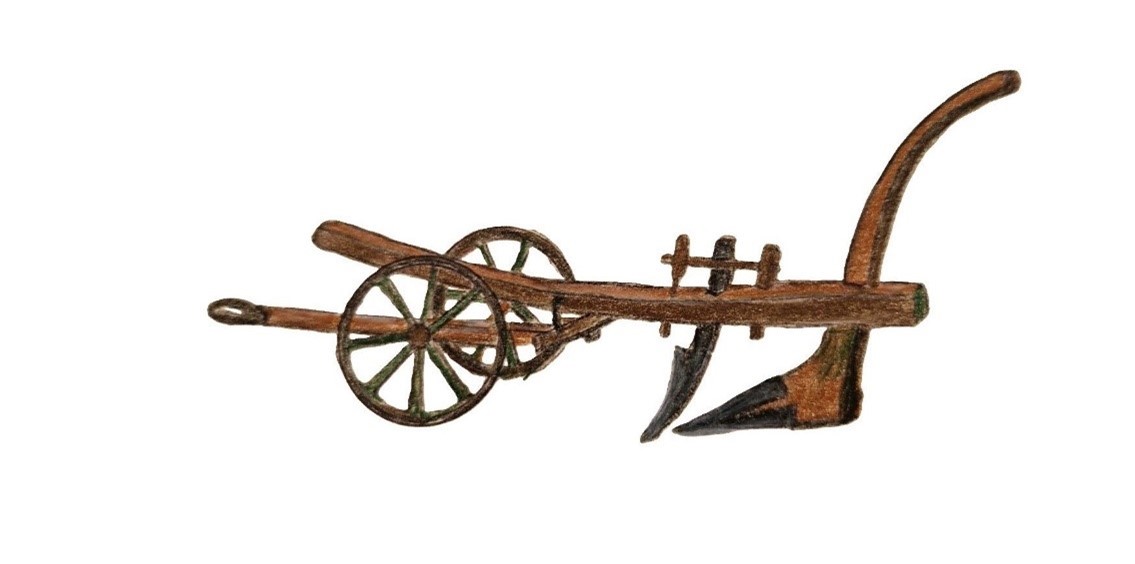
Stories
The Development of the Plough in Britain – Romans and Vikings
Posted: May 9, 2025
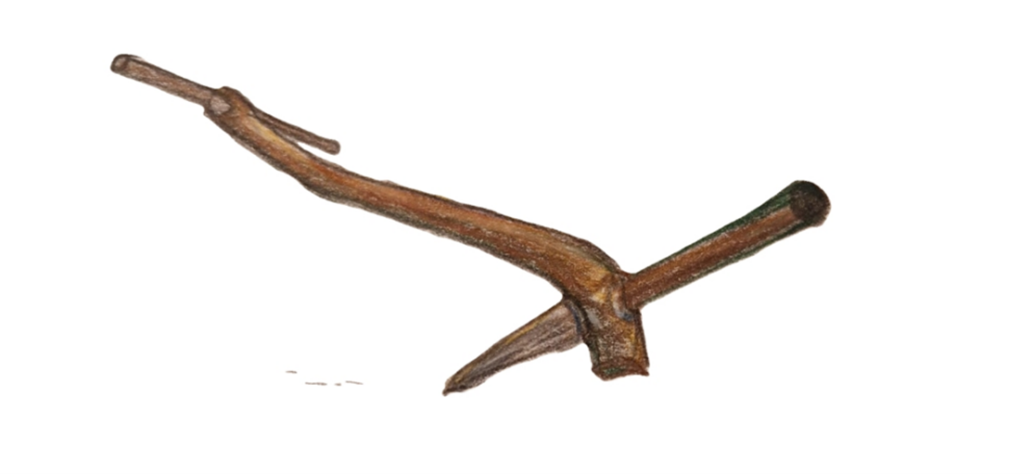
Stories
The Development of the Plough in Britain – Stone Age to Iron Age
Posted: May 3, 2025

Recruitment
We’re recruiting Education Volunteers
Posted: April 19, 2025

News
The story behind our new website
Posted: March 14, 2025